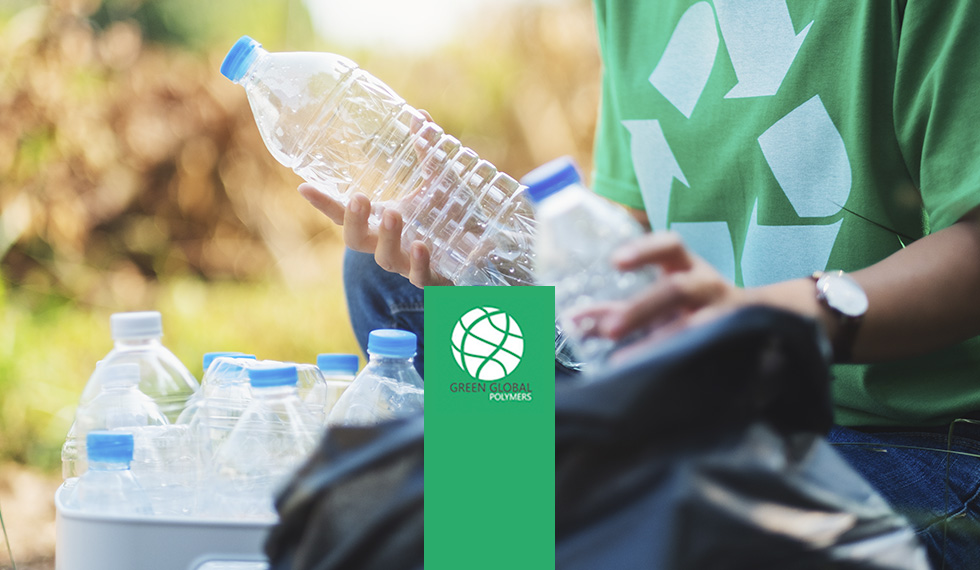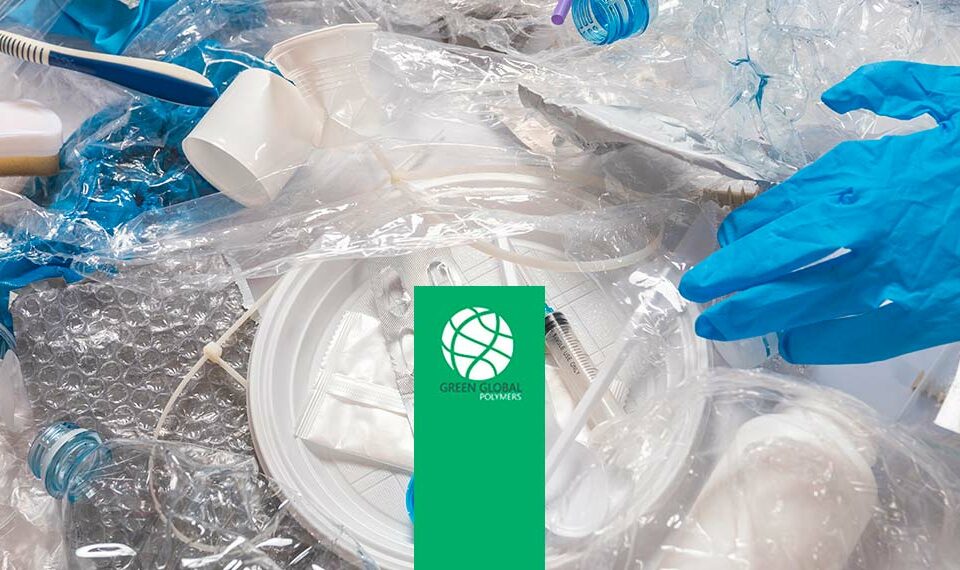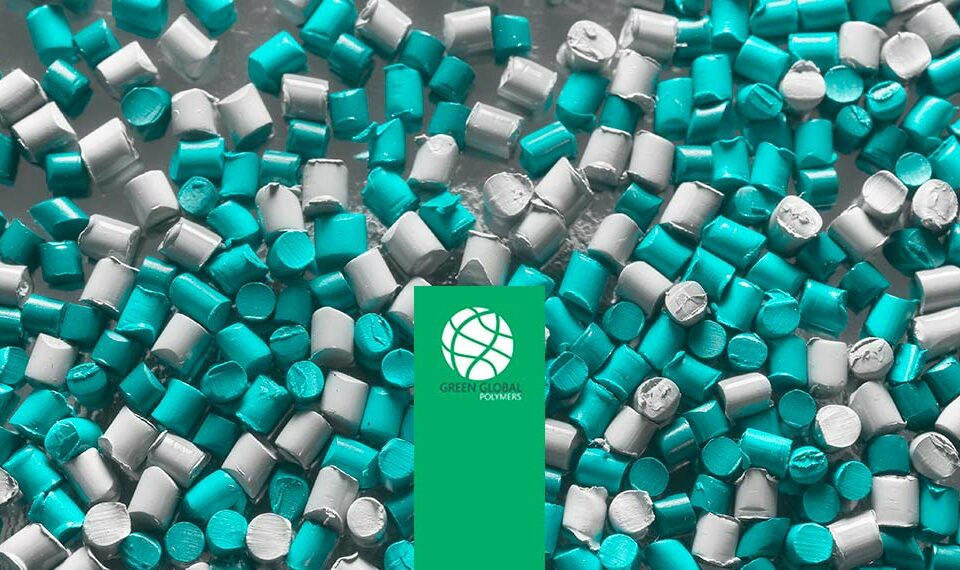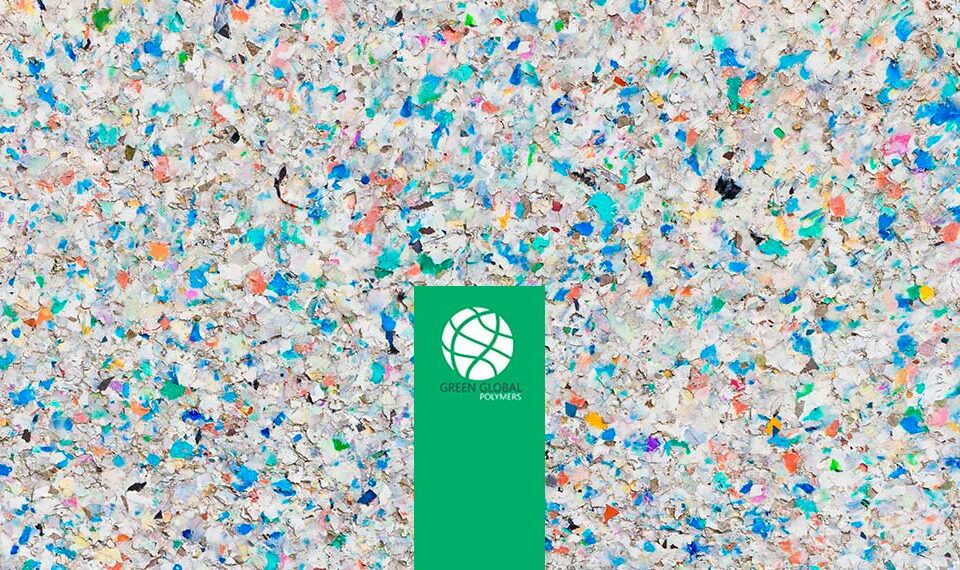Clasificación y tipos de plásticos

Es muy importante saber cómo diferenciar el reciclaje de plásticos para identificar los distintos tipos de plásticos existentes, de esta necesidad nace el Código de identificación de plásticos y resinas ya vigente desde el año 1988. Fue realizado por la Sociedad de la industria de Plásticos (SPI) con el objetivo de propiciar y dar más eficiencia al reciclaje.
Por tanto, el Código de identificación de plásticos consiste en un sistema internacional que se utiliza en el sector de la industria para distinguir la composición de resinas en los envases y otros productos plásticos. Se estableció una escala de números (del 1 al 7) para distinguir los diferentes tipos de plásticos, estos números van identificados con un signo de reciclado ubicado en el recipiente o envase.
Desde Green Global Polymers queremos seguir ayudando a mejorar al mundo por eso apostamos por técnicas de plástico triturado para el reciclaje de plástico. Con este proceso producimos plástico triturado, con el que obtenemos diminutos pedazos de plástico de diversos tipos como el PET, PEHD, PP, PEBD, PVC y PVS.
Este proceso se lleva a cabo en nuestra planta de recuperación, en ella todo el plástico que llega es conducido por la línea de lavado y triturado. Un proceso que permite obtener un plástico reciclado de buena calidad para que pueda ser reutilizado.
Tipos de plásticos y sus aplicaciones
PET, polietileno tereftalato
Entre los diferentes tipos de plásticos que se generan en el reciclaje encontramos el PET, polietileno tereftalato, un material que se consigue gracias al proceso de trituración. Se utiliza principalmente para la producción de botellas para bebidas y a través de su reciclaje se obtienen fibras para relleno de bolsas de dormir, alfombras, cuerdas y almohadas. Es tipo de plástico con un alto grado de cristalinidad, además es resistente al desgaste y la corrosión, compatible con otros materiales y aprobado para estar en contacto con productos alimentarios.
HDPE, polietileno de alta densidad
El HDPE, polietileno de alta densidad, un material con una gran resistencia química, térmica y al impacto. Se suele utilizar en envases de leche, detergente, entre otros y tras su proceso de reciclado se utiliza para macetas, contenedores de basura y botellas de detergente.
PVC, cloruro de polivinilo
El PVC, cloruro de polivinilo, se utiliza en botella de champú, envases de aceite de cocina, artículos de servicio para casas de comida rápida, etc .Los componentes de este tipo de plástico derivan del cloruro de sodio y del gas natural o del petróleo, tiene muy buena resistencia eléctrica y a la llama, también a la abrasión, al agua y a la corrosión. El PVC puede ser reciclado como tubos de drenaje e irrigación.
LDPE, polietileno de baja densidad
El polietileno de baja densidad, LDPE, se suele encontrar en bolsas de supermercado, de pan, plástico para envolver y al ser reciclado pasa a ser un material para bolsas de supermercado nuevamente.
PP, polipropileno
El PP, polipropileno, se considera como el plástico ecológico y el más recomendado para estar en contacto con los alimentos y utensilios de cocina, de ahí a que se utilice para recipientes de yogurt, sorbetes, tapas de botella, etc. Es un plástico de gran resistencia al calor y a diferentes disolventes químicos, tras su proceso de reciclaje se utiliza como viguetas de plástico, peldaños para registros de drenaje o cajas de baterías para autos.
PS, poliestireno
El PS, poliestireno, lo podemos encontrar en tazas desechables de bebidas calientes y bandejas de carne, tras su reciclado pasa a ser útil para viguetas de plástico, cajas de cintas para casetes y macetas. Se le conoce por ser un plástico económico y resistente, además es a dic de hoy el cuarto más consumido.
Contribución de Green Global Polymers al reciclaje de plástico
Gracias a la actividad en recuperado, Green Global Polymers contribuye en el reciclaje y en darle una nueva vida al plástico.
Si quieres saber cómo adquirir este producto o necesitas más información sobre las Triturado de plástico sólo tienes que contactar con GREEN GLOBAL POLYMERS.



